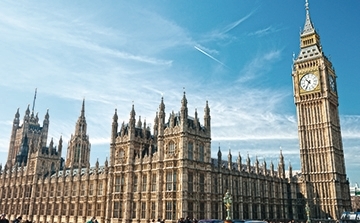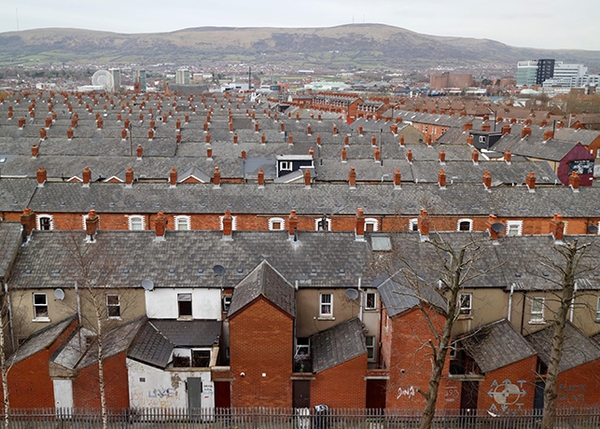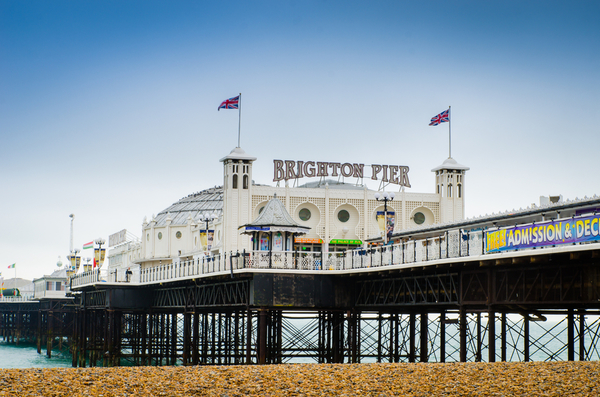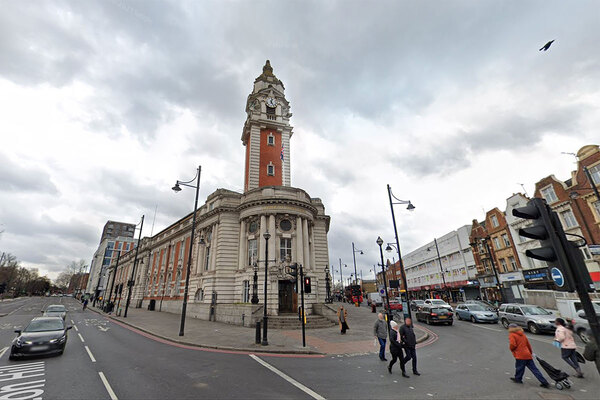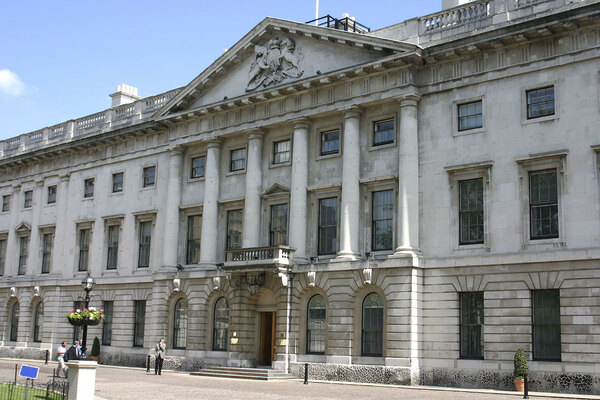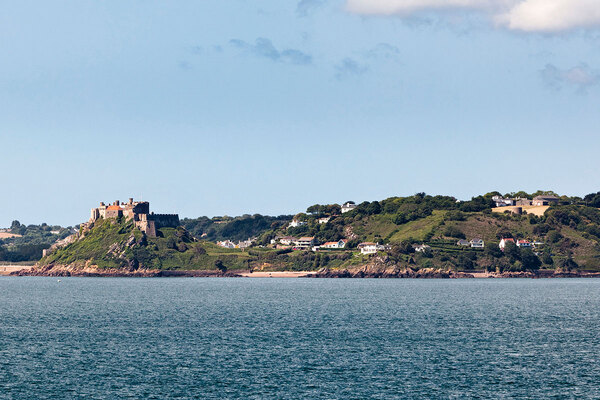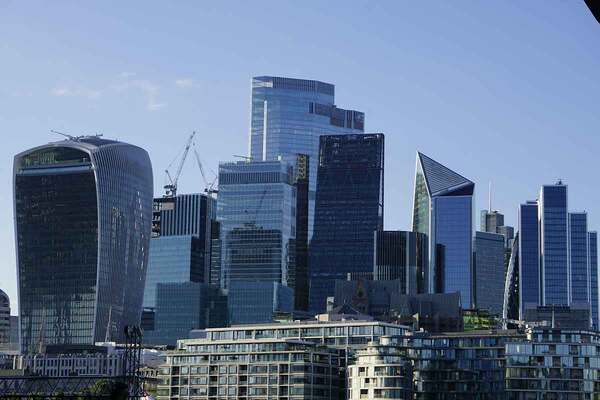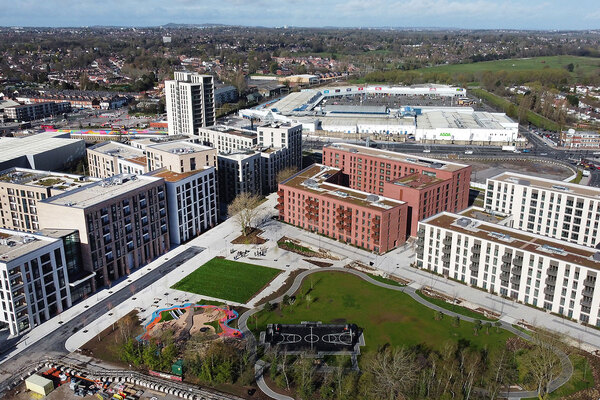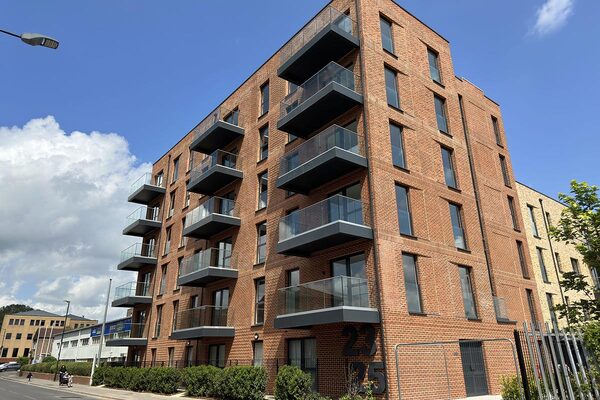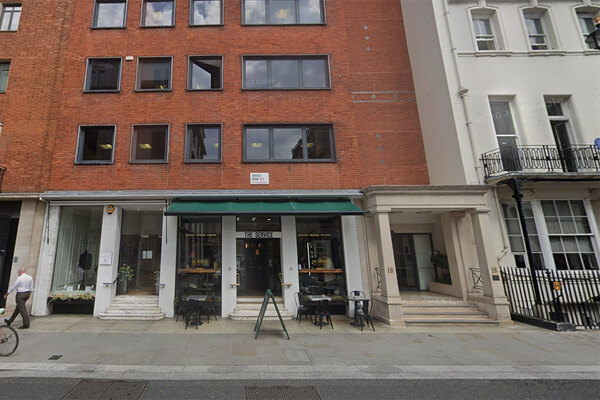You are viewing 1 of your 1 free articles
Right to Buy levy set to be reduced in London
A new local authority levy based on high value, empty council homes is set to be reduced for London boroughs in order to increase the supply of affordable housing in the capital.
A government amendment to the Housing and Planning Bill, tabled on Wednesday, will allow councils a reduction in their levy if they build two replacement homes themselves.
Under the Bill, councils will be forced to pay a fixed sum based on the level of their high value council stock the government estimates will become empty. It is expected that councils would then sell these homes to pay the levy.
This cash will partly be used to fund the discounts for the extension of the Right to Buy to housing association tenants.
Critics had expressed concern that such a policy would lead to money from the sales of expensive stock in London flowing out of the capital in order to pay for Right to Buy discounts in the rest of England.
Earlier this week, David Cameron pledged to build two homes in London for every council property that is sold under the policy.
Under the new amendment, which is likely to be passed when the bill is heard at report stage next week, London boroughs would be able to reduce the levy they pay to government for high-value empty homes
It means that if the local authority itself builds the two replacements, it can keep the part of the money deemed necessary to deliver the replacement.
The amendment says an ‘affordable home’ can either be a property for people whose needs are not met by the market or a Starter Home.
The amendment is similar to one tabled by MP and Conservative candidate for London mayor Zac Goldsmith, which was withdrawn late last year.
Mr Cameron previously said the government’s change to the Bill was “as a result of Zac’s amendment”.
The government has yet to publish firm details of the exact criteria used to define ‘high-value’ council homes. However, The Conservative Party before the general election published an indicative table of thresholds that could be used to define ‘high value’ homes split by region and property size.(see box)
It estimated at the time that 210,000 council homes could be classed as ‘high-value’ and if they were all sold could raise £4.5bn. This would be used to fund compensation for housing association Right to Buy discounts, pay off council debt attached to high value homes sold, replace council stock and pay into a brownfield site regeneration fund.
Another government amendment to the Bill also allows the HMRC to share information with housing associations “to apply any relevant policy about levels of rent for high income social tenants in England”.
The Pay to Stay policy – which forces higher earning social tenants to pay market rent – will be voluntary for housing associations, but compulsory for councils.
Indicative ‘high-value’ council home thresholds
| One-bedroom | Two-bedroom | Three-bedroom | Four-bedroom | Five or more bedrooms | |
|---|---|---|---|---|---|
| North east | £80,000 | £125,000 | £155,000 | £250,000 | £310,000 |
| North west | £90,000 | £130,000 | £160,000 | £270,000 | £430,000 |
| Yorkshire & the Humber | £85,000 | £130,000 | £165,000 | £265,000 | £375,000 |
| East Midlands | £105,000 | £145,000 | £175,000 | £320,000 | £430,000 |
| West Midlands | £100,000 | £145,000 | £180,000 | £305,000 | £415,000 |
| East | £155,000 | £220,000 | £265,000 | £440,000 | £635,000 |
| London | £340,000 | £400,000 | £490,000 | £790,000 | £1,205,000 |
| South east | £165,000 | £250,000 | £320,000 | £495,000 | £755,000 |
| South west | £135,000 | £200,000 | £260,000 | £375,000 | £535,000 |
Source: Conservative Party, April 2015.
